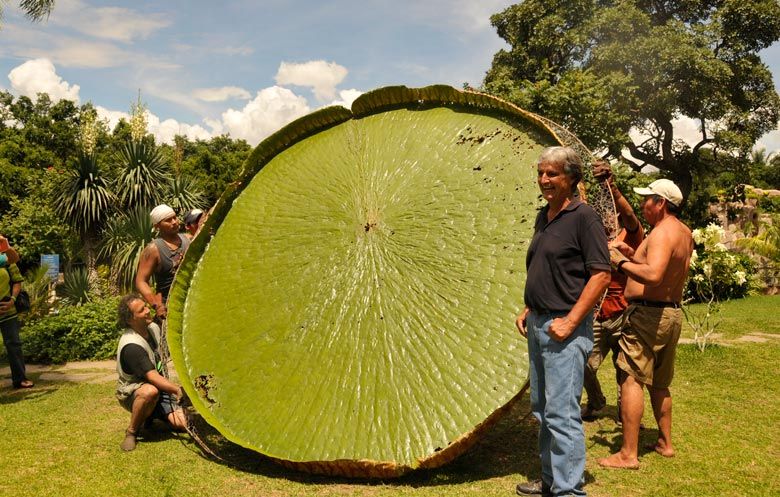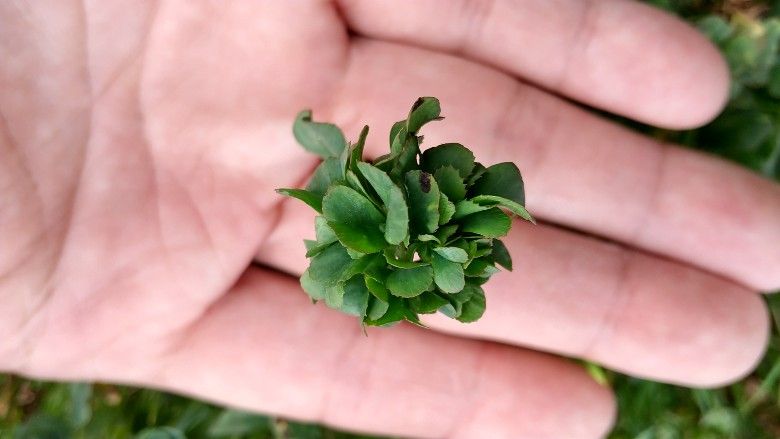
“
Leaves, often called the green wonders of the plant world, are more than just photosynthesis powerhouses. They come in a variety of shapes and colors and possess fascinating adaptations that are crucial for plant survival and ecosystem health. In this blog, we'll explore 20 unique facts about leaves, revealing their diverse forms, essential functions, and intriguing traits that make them vital to life on Earth. Discover how leaves contribute to the plant kingdom and their indispensable role in our ecosystems.1
1
”
Did you know? Leaves are the food factory of plants. They convert sunlight into energy crucial for growth and metabolism. This process, photosynthesis sustains plant life and supports ecosystems. 1
Leaf colours are determined by pigments like chlorophyll (green), carotenoids (yellow, orange), and anthocyanins (red, purple). These pigments reflect adaptations to environmental conditions. They also contribute to the plant's visual appeal.2
Camellia sinensis, commonly known as the tea plant, is the source of the tea leaves we enjoy in various forms.Green Tea is made from unoxidized leaves,while Black Tea is made from Fully oxidized leaves which has a robust flavor and dark colour. 3
Koalas exclusively consume eucalyptus leaves, while pandas primarily rely on bamboo leaves, constituting 99% of their diet. Remarkably, pandas consume between 12 to 38 kilograms of bamboo leaves daily. 4
A large oak tree may have around 250,000 leaves.In contrast, a cypress tree could boast an astonishing 45–50 million leaf scales. 5

The largest undivided leaf ever recorded is of Victoria boliviana water lily pad. The border or edge of the leaf was 17 centimeters (6.7 inches) tall. This remarkable leaf covered approximately 7.55 square meters (81.3 square feet).
Leaves of desert plants and succulents often have thick cuticles. They also exhibit reduced surface area to minimize water loss in arid environments. These adaptations are crucial for survival.6
Certain climbing plants, like peas and grapes, have leaves modified into tendrils. These tendrils aid in grasping supports for upward growth. They enhance the plant's ability to reach sunlight. 7
Plants like the Venus flytrap and pitcher plants have evolved leaves adapted to capture and digest insects. This supplements their nutrient intake. These adaptations help them thrive in nutrient-poor environments. 8
Deciduous leaves undergo colour changes in autumn due to decreasing chlorophyll levels. This signals the approach of winter dormancy. The vibrant colours are a characteristic feature of fall. 9
Insects like katydids and leaf insects have evolved to resemble leaves closely. This provides camouflage from predators seeking a leafy meal. Such mimicry enhances their chances of survival. 10
Leaves of various plants, such as aloe vera and eucalyptus, are used in medicine. They offer healing properties and therapeutic benefits. These medicinal uses are valued worldwide. 11
Edible leaves like spinach and kale are rich sources of vitamins, minerals, and fiber. Consuming these greens promotes health benefits. They are staples in many diets around the globe. 12
The raffia palm (Raphia farinifera or R. ruffia) from the Mascarene Islands in the Indian Ocean, are the largest leaves in the plant kingdom. These impressive leaf blades can stretch up to 20 meters (65 feet 7 inches) in length. 13

Yoshiharu Watanabe of Japan discovered the clover stem (Trifolium repens L.) with the most leaves—63 in total. This remarkable find occurred in Nasushiobara, on August 2, 2023. Mr. Watanabe has been cultivating clovers in his garden since 2012.
Some leaves produce toxic compounds or spines as defences against herbivores. These features deter consumption and protect the plant's resources. Such adaptations are vital for survival. 14
The sensitive plant (Mimosa pudica) demonstrates leaf movements in response to touch. It folds its leaves when disturbed as a defense mechanism. This rapid movement deters potential threats. 15
Leaves vary in texture, from smooth and glossy to hairy or velvety. Each adaptation serves functions like water retention or defense. Texture plays a role in the plant's interaction with its environment. 16
Reji Joseph of India cultivated the largest taro leaf, measuring 114.2 cm (44.96 inches) in length and 96 cm (37.79 inches) in width. This remarkable achievement was verified in Pathanamthitta, Kerala, India, on July 11, 2022. 17
The evolution of leaves over millions of years has contributed significantly to the success of plants on land. Leaves have adapted to diverse ecological niches and environmental challenges. Their diversity is a testament to this evolutionary success. 18


